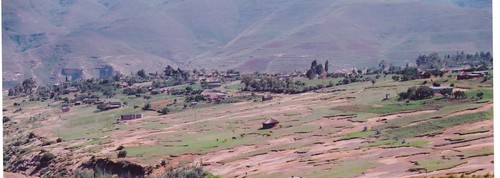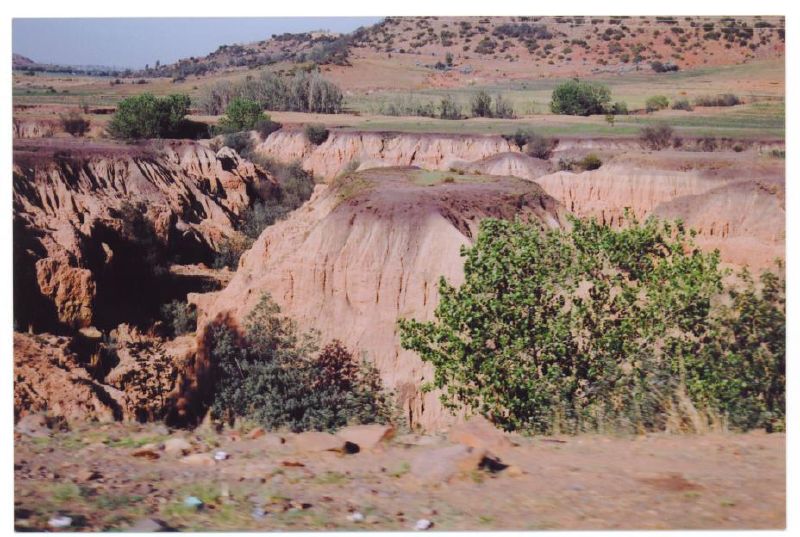
Summer is finally here and the garden is blooming. The tomatoes can't be happier with the temperature nearing the hundreds and my butterfly bush is about to flower. It feels great to be able to escape from the urban setting and get some dirt under your nails and look at the zucchinis grow by the inches everyday. Sundays remind me the Mingas of our ancestors as everybody is working in their plots, yet one way or another we’re all connected. There is an strong sense of collaboration and cooperation: Tools are borrow and lend, seeds and plants exchanged, and advices and suggestions given. I particularly enjoy asking question to older people as their answers always become stories, filled with anecdotes, characters, and places from other times. They love to tell them and I love to hear them.
My neighbor farmed for decades in Louisiana. He grew sugar cane, tobacco and other cash crops. Eventually, as his family move to Washington looking for better opportunities and his hands were not as strong to carry the hoe anymore, he realized it was time to go elsewhere. He didn’t want to leave his beloved farm, where his parent and his grandparents had also farmed. Humans have always been extremely attached to land and family making the decision of choosing one from the other extremely difficult. With great sadness, he left Louisiana about a decade ago. Not used to the busy life of the city and the tied schedule of his children, his body complain everyday about the lack of sun, soil, and water; about the lack of the smell of fertilizer, the harvest…
One fathers day, a couple years ago, his daughter rented a plot at our community garden for him. With the excuse of shopping at Costco, his family took their dad to the garden where a plot filled with weeds was waiting anxiously for him. He couldn’t be happier. Today, his plot is one of the best ones. Clean like a whistle you cannot find a plant that hasn’t been purposely sow. The straight rows of kales, mustards, and collars along with peas, beans, and squashes make the most beautiful display of the colors of nature. Everyday, he waters his plants early in the morning, looks for white flies in the chard, and pick the tomatoes before they’re too ripe. Looking forward for the next day, my neighbor found in the garden, that needed peace that was missing since he left his farm a decade ago. Ask him about anything, more than likely, he’ll tell you the story a lot better that my words can describe.



